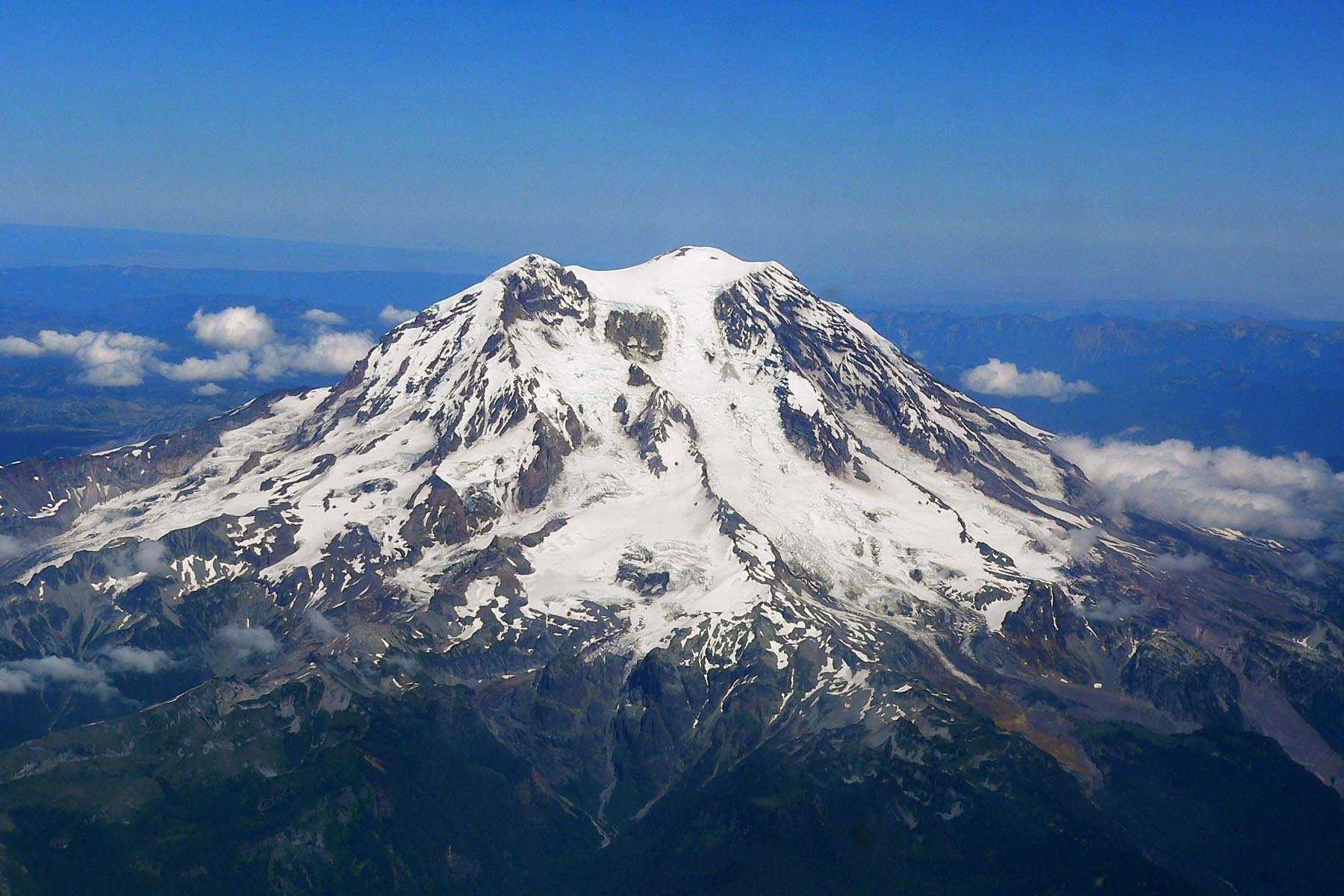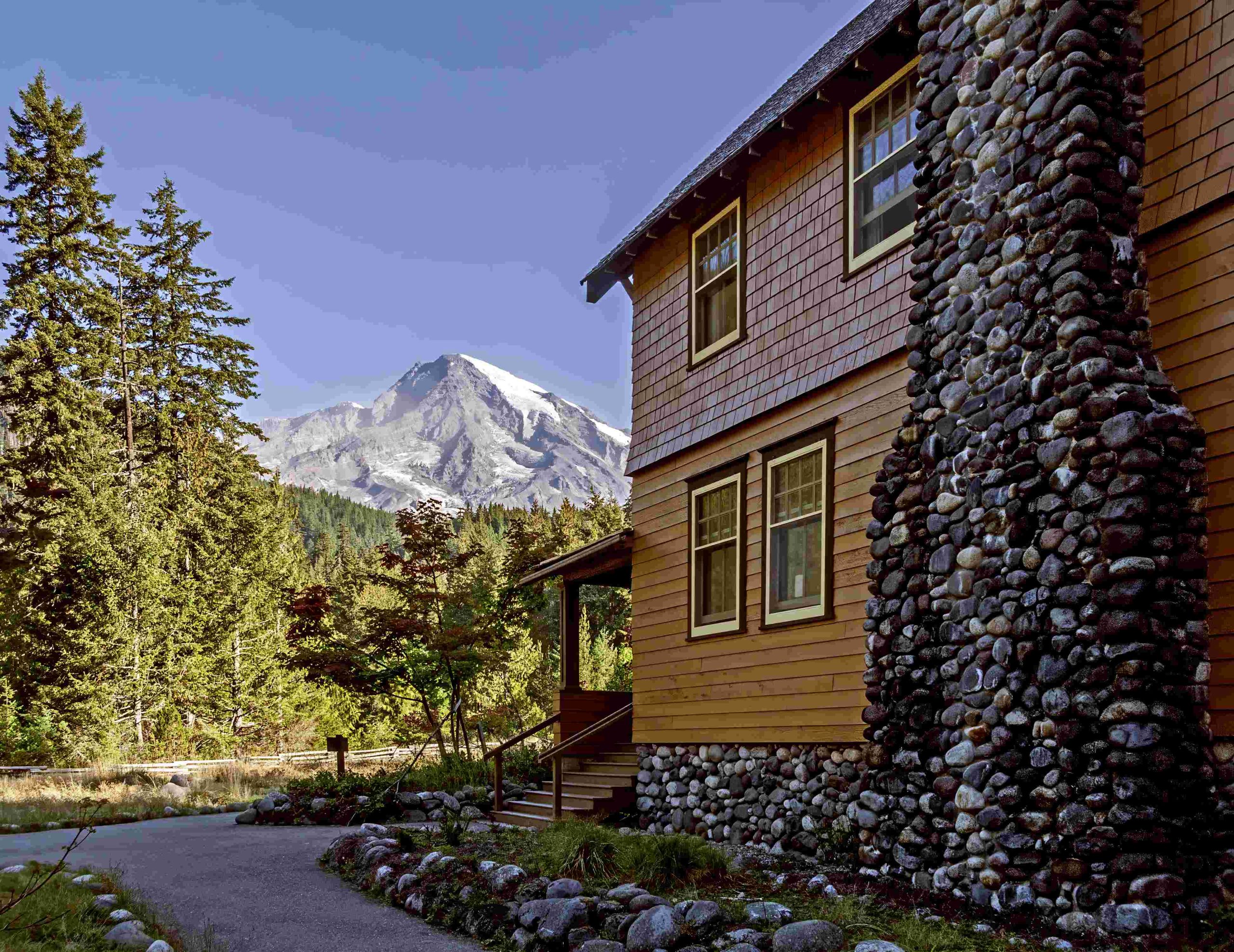Mount Rainier National Park is a paradise for wildflower enthusiasts, offering a diverse array of species that paint the landscape with vibrant colors throughout the growing season. This guide provides essential information on the park’s wildflower species, best viewing times, top trails, and identification resources. From the early-blooming forest flowers to the stunning subalpine meadows, Mount Rainier’s floral display is a testament to nature’s beauty and resilience in alpine environments.
What Wildflower Species Can Be Found at Mount Rainier?

Mount Rainier boasts an impressive variety of wildflowers, each adapted to specific elevations and environments within the park. Here’s a breakdown of the main species you can expect to encounter:
Forest Wildflowers
- Coltsfoot and Skunk Cabbage (March)
- Calypso Orchids (May)
- Trilliums
- Solomon’s Seal
- Mountain Ash
- Huckleberry
- Vanilla Leaf
- Foam Flower
- Lily of the Valley
- Canadian Dogwood (Bunchberry)
- Twin Flower
- Pinesap
- Western Coralroot
- Spring Beauty
- Devil’s Club
Subalpine Wildflowers
- Avalanche Lilies and Glacier Lilies (late June – August)
- Buttercups and Cinquefoil
- Bistort
- Arnica
- Lupine
- Indian Paintbrush
- Sitka Valerian
- Mountain Daisy
- Mountain Aster
- Small Flower Penstemon
- Cusick’s Speedwell
- Jeffrey’s Shooting Star
- Magenta Paintbrush
- Columbine
- Monkey-Flower
- Fireweed
- Phlox
- Rosy Spirea
- Black Alpine Sedge
When Is the Best Time to See Wildflowers at Mount Rainier?

The wildflower bloom at Mount Rainier follows a predictable pattern, though exact timing can vary based on weather conditions and snowmelt:
- Early Spring (March-April): Forest floor species like coltsfoot and skunk cabbage emerge.
- Late Spring (May): Calypso orchids and other forest wildflowers begin to bloom.
- Early Summer (June): As snow melts, avalanche lilies and glacier lilies start to appear in subalpine areas.
- Peak Bloom (Late July – Mid-August): Subalpine meadows explode with color, offering the most diverse and spectacular displays.
| Season | Months | Typical Blooms |
|---|---|---|
| Early Spring | March-April | Coltsfoot, Skunk Cabbage |
| Late Spring | May | Calypso Orchids, Forest Wildflowers |
| Early Summer | June | Avalanche Lilies, Glacier Lilies |
| Peak Bloom | Late July – Mid-August | Subalpine Meadow Flowers |
Which Trails Offer the Best Wildflower Viewing at Mount Rainier?
Mount Rainier offers several trails renowned for their wildflower displays:
- Paradise Meadows Trails
- Location: West of Henry M. Jackson Visitor Center
- Features: Subalpine meadows, views of Mount Rainier and Nisqually Glacier
-
Notable Trails:
- Nisqually Vista Trail (family-friendly)
- Skyline Trail (more strenuous, offers solitude)
-
Reflection Lakes
- Known for: Stunning reflections of Mount Rainier
-
Wildflowers: Not the largest concentration, but beautiful lakeside blooms
-
Burroughs Mountain Trails
- Features: Mix of plants including sedges, perennial grasses, and unique wildflowers
- Notable Trail: Third Burroughs hike
How Can Visitors Access Wildflower Areas at Mount Rainier?
- Timed Entry Reservations: Required from May 24 to September 2, 2024, for Nisqually, Stevens Canyon, and White River entrances (7 AM to 3 PM)
- Trail Etiquette: Stay on designated trails to protect fragile meadows
- Parking: Available near trailheads, but park entry fees and timed reservation costs may apply
What Resources Are Available for Wildflower Identification?
- Mount Rainier Wildflower Site Bulletin: Downloadable guide for field identification
- Park Rangers: Offer guidance and information on current blooms
- Field Guidebooks: Available for purchase at visitor centers and gift shops
- National Park Service Website: Provides updates on current wildflower blooms during summer
How Can Visitors Prepare for a Wildflower Viewing Trip to Mount Rainier?
- Check Bloom Status: Visit the park’s website for current wildflower reports
- Plan Ahead: Make timed entry reservations if visiting during peak season
- Bring Essentials: Water, sunscreen, comfortable hiking shoes, and a camera
- Learn Trail Etiquette: Understand the importance of staying on designated paths
- Consider Timing: Visit early in the day to avoid crowds and get the best light for photography
Mount Rainier’s wildflower display is a natural wonder that attracts visitors from around the world. By following this guide, you can maximize your experience and contribute to the preservation of these delicate ecosystems for future generations to enjoy.
References:
1. March of the Flowers: The Progression of Wildflowers at Mt. Rainier
2. Discover Wildflowers – Mount Rainier – National Park Service
3. Spectacular Wildflowers at Mount Rainier National Park
